Stash It All: Know the 3 Zones of Kitchen Storage
Organize storage space around your kitchen’s main activities for easier cooking and flow
Steven Randel
5 August 2023
Houzz Contributor
“How much storage space do I need?” The trick is to assess what you own and decide how you will store it for convenient access. Carefully consider this challenge because poorly organized spaces often become daily irritations, impeding the pleasure of being at home. Kitchens top the list of rooms in which you need to get your storage right.
How to Organize Your Kitchen Storage
Consider grouping your kitchen storage around three primary activity areas: the refrigerator, the sink and the range.
1. The Refrigerator Center
The refrigerator center serves as a receiving and initial food-preparation point in the kitchen layout. It is best positioned near the entrance from the direction of grocery arrival. Even if this arrangement is not the case in your kitchen, considering this function can help you determine how to begin organizing your kitchen storage space.
A countertop next to or across from your refrigerator is the ideal spot for setting down grocery bags. This position allows immediate transfer of cold items to the fridge and freezer, and storage of staples, canned goods, condiments, cereal boxes and other dry food items in nearby cabinets or a nearby pantry.
Easy access to your staples for initial food preparation helps make the job go faster and easier. Since your staples are placed here, plan to have this same area hold mixers and mixing bowls and their preparation utensils, such as measuring spoons and cups along with sifters, graters, salad molds, cake tins, pie plates and
muffin tins.
Consider grouping your kitchen storage around three primary activity areas: the refrigerator, the sink and the range.
1. The Refrigerator Center
The refrigerator center serves as a receiving and initial food-preparation point in the kitchen layout. It is best positioned near the entrance from the direction of grocery arrival. Even if this arrangement is not the case in your kitchen, considering this function can help you determine how to begin organizing your kitchen storage space.
A countertop next to or across from your refrigerator is the ideal spot for setting down grocery bags. This position allows immediate transfer of cold items to the fridge and freezer, and storage of staples, canned goods, condiments, cereal boxes and other dry food items in nearby cabinets or a nearby pantry.
Easy access to your staples for initial food preparation helps make the job go faster and easier. Since your staples are placed here, plan to have this same area hold mixers and mixing bowls and their preparation utensils, such as measuring spoons and cups along with sifters, graters, salad molds, cake tins, pie plates and
muffin tins.
The refrigerator center is also the ideal spot to store the can opener, food processor, coffee and bread makers, and other small appliances you use with dry goods.
Find a kitchen designer to help you plan your storage
Find a kitchen designer to help you plan your storage
Appliance garages such as this one help eliminate countertop clutter near the refrigerator station. Cookbooks can be stored anywhere in the kitchen, but the refrigerator center is a good place to keep them since cookbooks are used in initial food prep. Place a small bookshelf in a place where it will remain dry but be within reach, as shown here.
Consider storing brooms, dustpans and mops in a pantry or small closet near your refrigerator center.
Shop for kitchen and dining products
Consider storing brooms, dustpans and mops in a pantry or small closet near your refrigerator center.
Shop for kitchen and dining products
This table offers a rough starting point for planning storage around the refrigerator. Mix and match ideas to adapt it to your lifestyle.
How much storage do you need for pantry items? Allow at least 16 cubic feet for storing dry groceries. Pantry pullout cabinets begin at about 24 cubic feet, while dedicated closet pantries begin at about 72 cubic feet (a space that’s 3 feet square by 8 feet tall).
What’s the right amount of storage for cooking equipment and tools? Start with wall and base cabinets of at least 24 inches in width. Bigger families and collectors need to begin with at least 42 inches in width.
What about refrigerated food storage? The smallest fridge starts at about 10 cubic feet of food storage space. Top-of-the-line units start at about 25 cubic feet of refrigerated food storage space.
How much storage room do you need for small appliances, vases, bowls and trays? Minimalists begin with 12 inches in width of wall and base cabinets, while big families may want to start with 36 inches.
Key Measurements to Help You Design Your Kitchen
How much storage do you need for pantry items? Allow at least 16 cubic feet for storing dry groceries. Pantry pullout cabinets begin at about 24 cubic feet, while dedicated closet pantries begin at about 72 cubic feet (a space that’s 3 feet square by 8 feet tall).
What’s the right amount of storage for cooking equipment and tools? Start with wall and base cabinets of at least 24 inches in width. Bigger families and collectors need to begin with at least 42 inches in width.
What about refrigerated food storage? The smallest fridge starts at about 10 cubic feet of food storage space. Top-of-the-line units start at about 25 cubic feet of refrigerated food storage space.
How much storage room do you need for small appliances, vases, bowls and trays? Minimalists begin with 12 inches in width of wall and base cabinets, while big families may want to start with 36 inches.
Key Measurements to Help You Design Your Kitchen
2. The Sink Center
The sink center should be between the refrigerator and the range center, or cooking area, for maximum efficiency. Since sinks get the most use and traffic of any spot in the kitchen, centrally located sinks and dishwashers work best.
Plan to have the most uncluttered countertop space in the sink center. The area in and around sinks is used for food-preparation tasks involving cleaning and cutting, as well as washing and cleaning up after meals. Place trash and recycling containers strategically so that tidy disposal happens effortlessly.
Storage at sink centers includes places for everyday flatware, dishes and glassware, as well as activities involving waste management, dishtowel placement and storage, cleaning supplies, polishing and drying.
The sink center should be between the refrigerator and the range center, or cooking area, for maximum efficiency. Since sinks get the most use and traffic of any spot in the kitchen, centrally located sinks and dishwashers work best.
Plan to have the most uncluttered countertop space in the sink center. The area in and around sinks is used for food-preparation tasks involving cleaning and cutting, as well as washing and cleaning up after meals. Place trash and recycling containers strategically so that tidy disposal happens effortlessly.
Storage at sink centers includes places for everyday flatware, dishes and glassware, as well as activities involving waste management, dishtowel placement and storage, cleaning supplies, polishing and drying.
Place cutting boards and knives at a midpoint between the sink and refrigerator so you can easily access items from the refrigerator, cut and chop as necessary, and dispose of the remnants to the sink center, which holds the refuse containers.
Shop for kitchen drawer organizers
Shop for kitchen drawer organizers
Most people store drinking glasses in wall cabinets near the sink and dishwasher, which works well, but drawers designed to hold glassware offer another solution and can make access more convenient. In any case, maintain a location convenient to the sink and dishwasher for your glassware and everyday dishes.
When organizing your kitchen, look for ways to store items related to each other, such as mugs near the coffee station, as shown here.
Sink, dishwasher and cleaning supplies. Minimalists can find sinks as small as 12 inches in width and dishwashers at 18 inches in width. Big families may require two 24-inch-wide dishwashers and a 36-inch sink.
Dishes, glasses and flatware. The smallest kitchen needs at least 18 inches in width of wall and base cabinets, while gourmet cooks and large families should begin with 42 inches in width of upper and lower cabinets.
Cutlery, cutting boards and small appliances. Minimalists begin with 12 inches in width of wall and base cabinets, while big families should begin with 42 inches.
Trash and recycling. Depending on how you recycle, compost and dispose, begin with 12 inches in width of base cabinets and go up to 36 inches in width for a big household.
Dishes, glasses and flatware. The smallest kitchen needs at least 18 inches in width of wall and base cabinets, while gourmet cooks and large families should begin with 42 inches in width of upper and lower cabinets.
Cutlery, cutting boards and small appliances. Minimalists begin with 12 inches in width of wall and base cabinets, while big families should begin with 42 inches.
Trash and recycling. Depending on how you recycle, compost and dispose, begin with 12 inches in width of base cabinets and go up to 36 inches in width for a big household.
3. The Range Center
Two configurations, a range or a cooktop with wall ovens, comprise the range center, where cooking food and preparation for serving takes place. Place these functions toward or near the dining room. Anything that involves the cooking process needs to be within the range center. Ovens with ample countertop space next to or closely across from them provide a spot to set down hot items quickly. In immediate and obvious proximity to the range center, put potholders and other items that aid in handling hot cookware. Also use this location to transfer cooked food to serving dishes. Plan to store platters, bowls and other equipment used to get food to the table around the range center.
Two configurations, a range or a cooktop with wall ovens, comprise the range center, where cooking food and preparation for serving takes place. Place these functions toward or near the dining room. Anything that involves the cooking process needs to be within the range center. Ovens with ample countertop space next to or closely across from them provide a spot to set down hot items quickly. In immediate and obvious proximity to the range center, put potholders and other items that aid in handling hot cookware. Also use this location to transfer cooked food to serving dishes. Plan to store platters, bowls and other equipment used to get food to the table around the range center.
Consider dedicating a cabinet for cookware frequently used on the stovetop, and another cabinet with cookware more commonly used in the oven. Place warming appliances in this area to allow convenient transfer of food to your serving dishes. Breadboards and bread binswork well in the range center. Small appliances that belong in the range zone include toasters, waffle irons, bread makers and portable grills.
Find cookware on Houzz
Find cookware on Houzz
Spice storage, pots and pans, and cooking utensils placed immediately around cooking equipment ensure convenient and intuitive access to the tools and staples you need in meal preparation. Personal preference determines whether you want to place these items in upper shelves or cabinets, as in the previous photo, or in drawers and pullout cabinets that are below eye level, as shown here. Either can work, so decide what is best for you and conforms to your design aesthetic.
Find cabinet pros in your area
Find cabinet pros in your area
Cooking surfaces. While a New York City apartment dweller may be able to get by with a tiny 12-inch-wide two-burner cooktop, big families will need at least 36-inch-wide ranges or cooktops, and some may go as wide as 60 inches.
Microwaves. These ovens can be found in 24-inch widths for minimalists, while some units are built into double-oven arrangements that need 30 inches in width.
Cookware, bakeware and small appliances. Small abodes need at least 24 inches in width of wall and base cabinets, while big families begin with at least 60 inches in width.
Serving pieces, tableware and table linens. Minimalists need at least a 12-inch width in base cabinets, while a big household needs at least 36 inches in width.
Microwaves. These ovens can be found in 24-inch widths for minimalists, while some units are built into double-oven arrangements that need 30 inches in width.
Cookware, bakeware and small appliances. Small abodes need at least 24 inches in width of wall and base cabinets, while big families begin with at least 60 inches in width.
Serving pieces, tableware and table linens. Minimalists need at least a 12-inch width in base cabinets, while a big household needs at least 36 inches in width.
Consider the three-center concept flexible, and use it as a starting point to organize your kitchen depending on how you plan to use it. For example, you may want to have a spot in the kitchen for young children to safely contribute, or you may set up your space to suit multiple cooks. The key is to organize items so that they are placed in an obvious location and can be easily accessed for the coordinating activity.
Cabinets 101: How to Get the Storage You Want
Cabinets 101: How to Get the Storage You Want
An efficient transitional-style kitchen has closed storage lining every wall.
The number of people and cooks in your household will drive many of your kitchen storage choices. Consider four common scenarios:
The number of people and cooks in your household will drive many of your kitchen storage choices. Consider four common scenarios:
- The Minimalist: Those with efficient and concise lifestyles, such as urban dwellers and singles
- The Starter Home: Those just beginning homemaking and still adding to housewares
- The Empty Nester: Those who downsize but still have plenty of things they want to keep
- The Big Family: Those with a houseful of children of all ages, lots of stuff to stow or a resident gourmet cook
The Minimalist Kitchen
From left to right, the refrigerator begins this one-wall kitchen, followed by a pantry cabinet. Next, a dishwasher and small sink provide an efficient cleanup space, with open shelving for everyday dinner and glassware artistically displayed. A small cooktop and wall oven frame the right-hand end of the scheme. High ceilings allow an extra bank of cabinets above average reach, which can be accessed when necessary with a stepladder.
From left to right, the refrigerator begins this one-wall kitchen, followed by a pantry cabinet. Next, a dishwasher and small sink provide an efficient cleanup space, with open shelving for everyday dinner and glassware artistically displayed. A small cooktop and wall oven frame the right-hand end of the scheme. High ceilings allow an extra bank of cabinets above average reach, which can be accessed when necessary with a stepladder.
The Starter Kitchen
Efficient but thorough should be your thoughts when putting together a starter kitchen. This example has a simple 30-inch-wide range and a built-in microwave oven strategically placed next to the fridge. The U-shape provides an efficient work triangle but allows enough space for a couple of cooks to work together.
Jump Start Your Kitchen With These Minimalist Essentials
Efficient but thorough should be your thoughts when putting together a starter kitchen. This example has a simple 30-inch-wide range and a built-in microwave oven strategically placed next to the fridge. The U-shape provides an efficient work triangle but allows enough space for a couple of cooks to work together.
Jump Start Your Kitchen With These Minimalist Essentials
The Empty-Nest Kitchen
In an urban neighborhood of Philadelphia, this kitchen provides plenty of glamour and upscale finishes for the empty nest of these owners. Spaces and features are generous but not oversized.
In an urban neighborhood of Philadelphia, this kitchen provides plenty of glamour and upscale finishes for the empty nest of these owners. Spaces and features are generous but not oversized.
The Big Family Kitchen
This kitchen begins with a large built-in refrigerator with an ice and water dispenser. A microwave and coffee maker come next before transitioning to the cooking center, which hosts a double oven and warming drawer, and a large professional-grade cooktop to the far right. The sink and dishwasher in the island complete the work triangle positioned comfortably between the cooking and refrigerator centers.
This kitchen begins with a large built-in refrigerator with an ice and water dispenser. A microwave and coffee maker come next before transitioning to the cooking center, which hosts a double oven and warming drawer, and a large professional-grade cooktop to the far right. The sink and dishwasher in the island complete the work triangle positioned comfortably between the cooking and refrigerator centers.
Your turn: Share your kitchen storage tips in the Comments.
More on Houzz
Read more about kitchen storage
Find a kitchen remodeler
Shop for kitchen storage and organization products
More on Houzz
Read more about kitchen storage
Find a kitchen remodeler
Shop for kitchen storage and organization products
Related Stories
Kitchen Guides
10 Key Kitchen Dimensions You Need to Know
Here are key kitchen dimensions that will help you design like a pro
Full Story
More Room Guides
35 Serene Puja Room Designs
Take a leaf out of these elegantly designed, beautiful prayer rooms on Houzz
Full Story
Decorating Guides
What Are the Benefits of Hiring an Interior Designer?
From furnishing working drawings to beautifying the home, find out how an interior designer plays multifunctional roles
Full Story
More Room Guides
Turn One Room Into Two With These Genius Ideas
Carve out an extra room within your home with these fab room-splitting tips and tricks
Full Story
Bedroom Guides
What Are the Ideal Wardrobe Measurements?
Here are dimensions for different types of wardrobe designs that ensure maximum functionality and storage
Full Story
Architecture
These Indian Homes Know How To Combat Harsh Climate
See how these homes by SPASM, Kumar Moorthy & Associates and JPLUSDARCHITECTS mitigate the ramifications of harsh climate ahead of time
Full Story
Architecture
How to Find an Architect That's Right for You
Make the construction and renovation of your home a pleasant and memorable journey by selecting the right architect
Full Story
Bathroom Guides
Step-by-Step: A Guide to Renovating Your Bathroom
Planning to renovate your bathroom? Learn about the different stages involved in the remodelling process
Full Story
Living Rooms
30 Best Sofa Designs
This guide gives a rundown of sofa types that will leave you spoilt for choices
Full Story
Small Spaces
7 Stylish Ways to Dry Your Laundry In a Small Apartment
Has your drying rack become a perpetual eyesore in your home? These dapper laundry drying solutions have you covered
Full Story
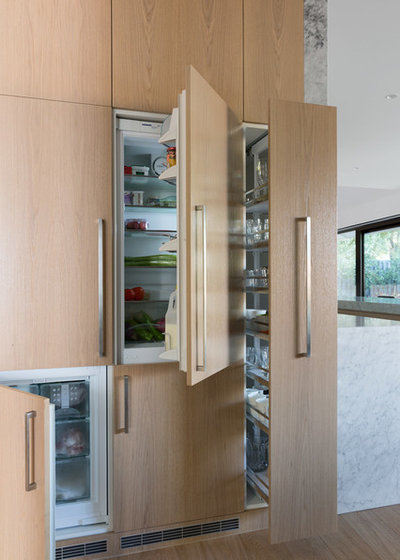
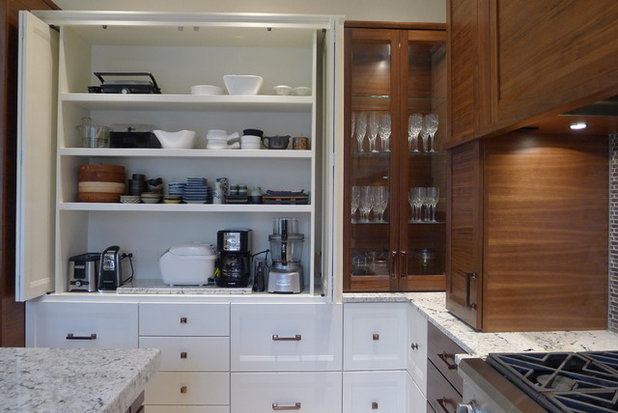
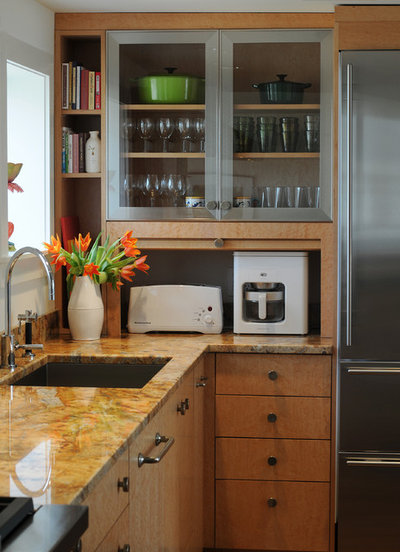
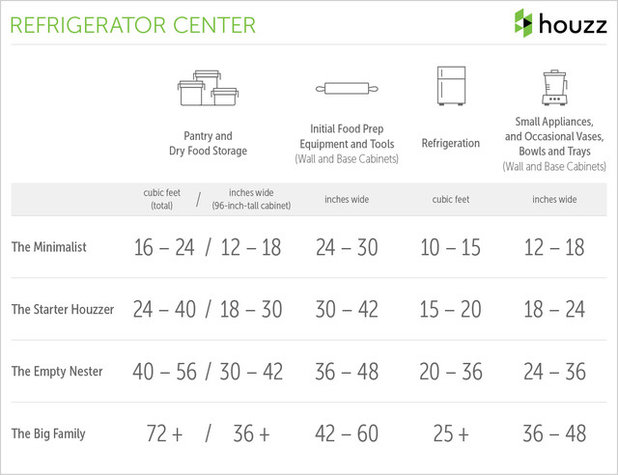
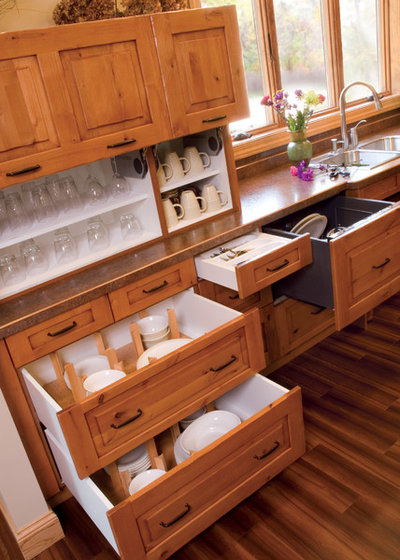
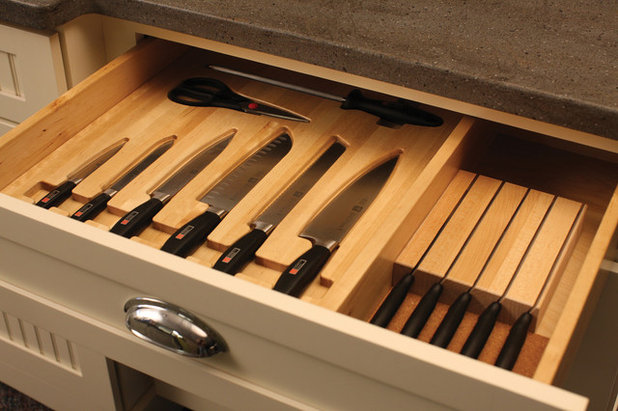
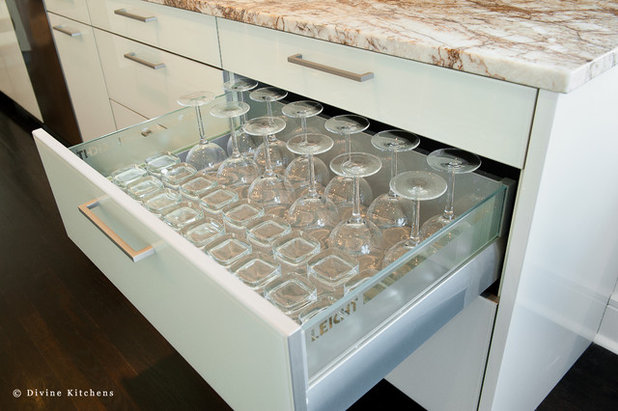
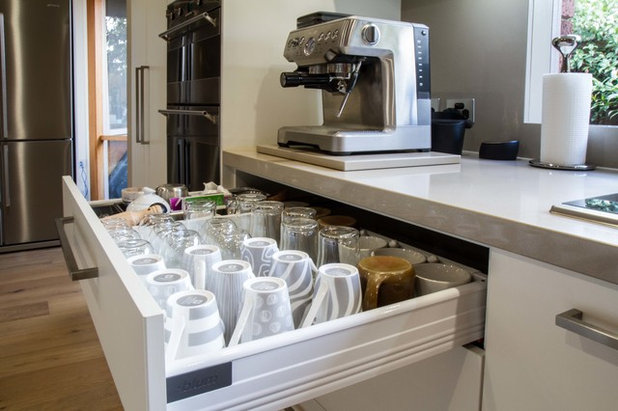
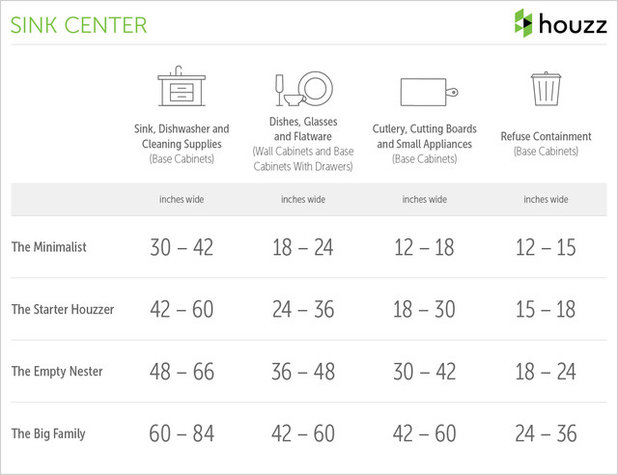
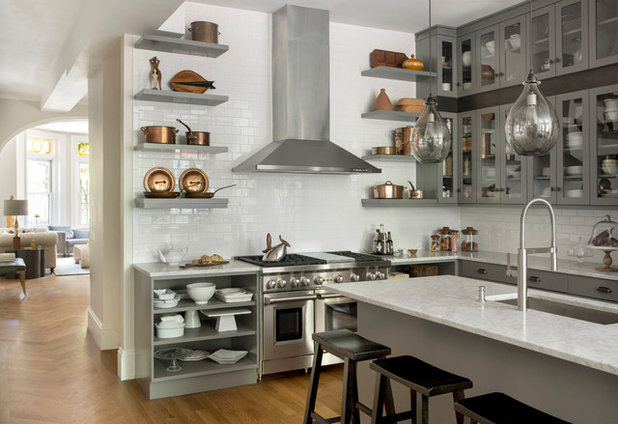
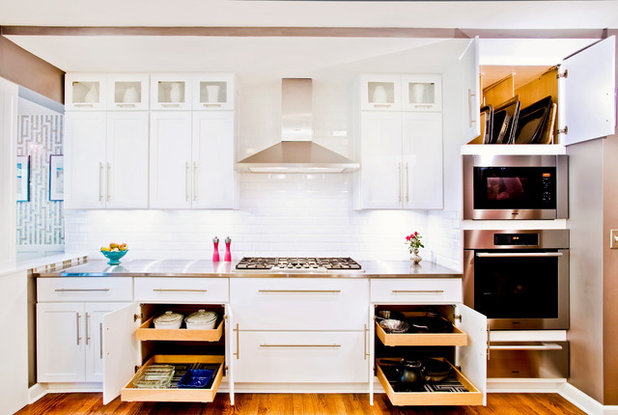
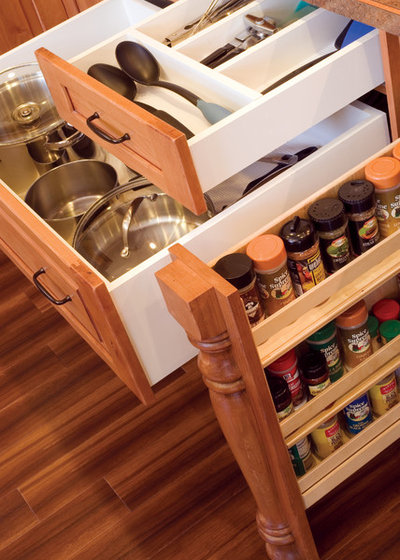
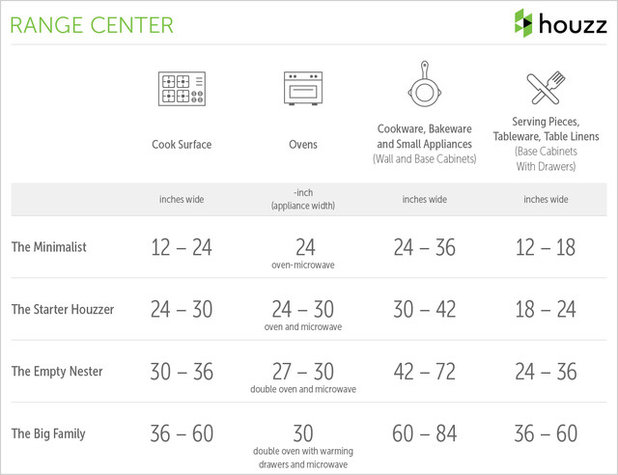
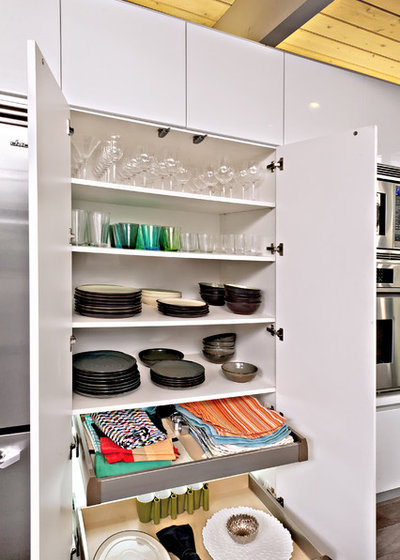
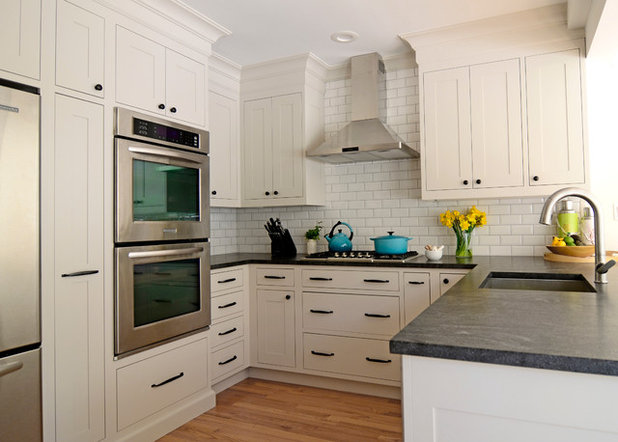
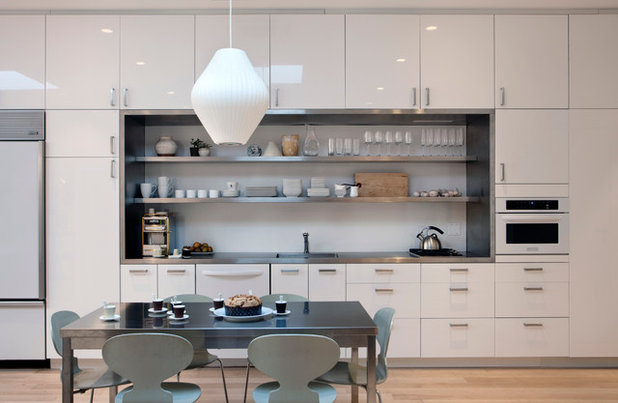
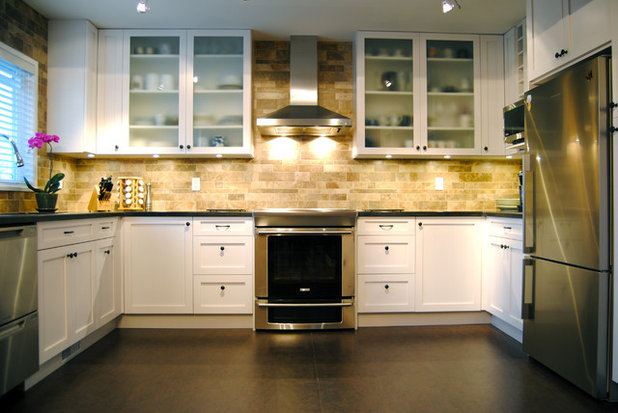
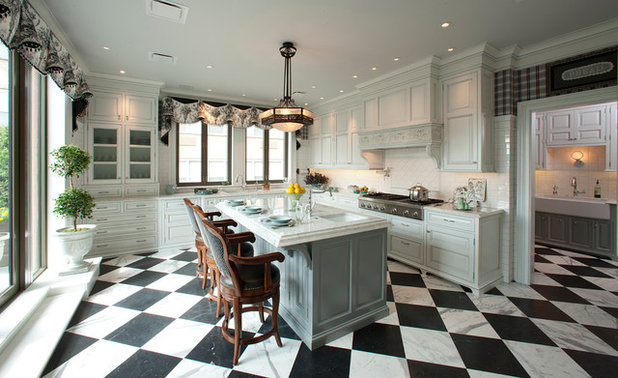
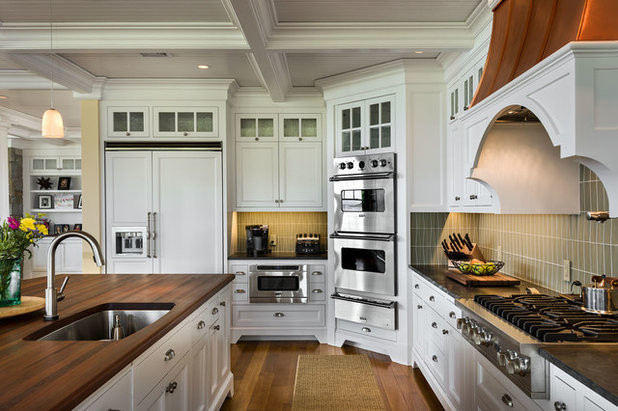
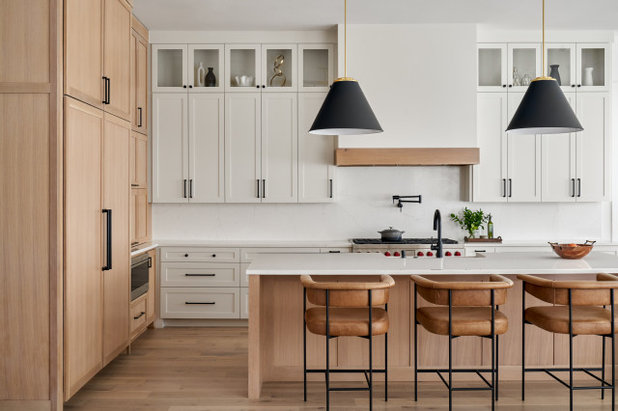
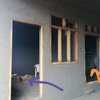
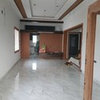
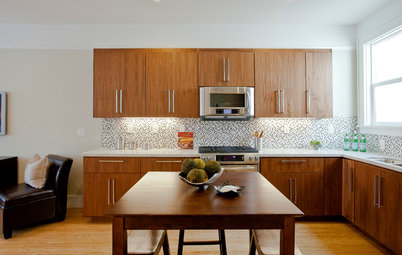
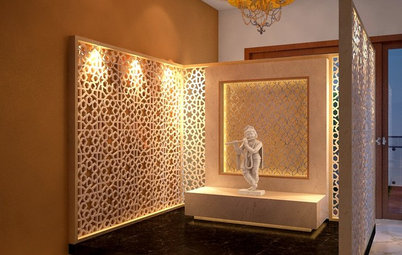
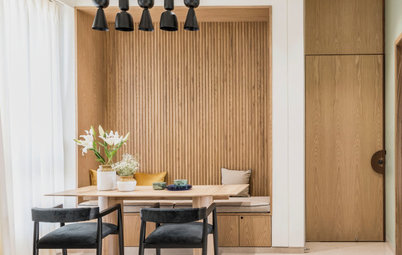
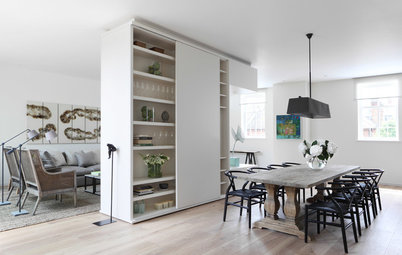
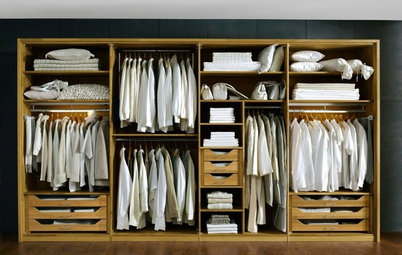
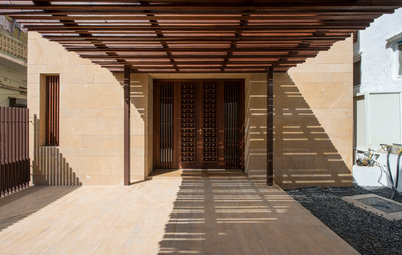
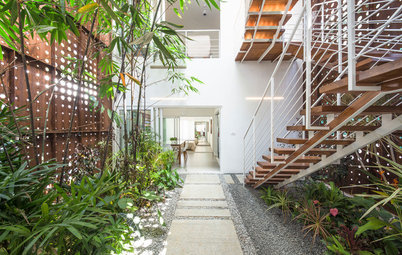
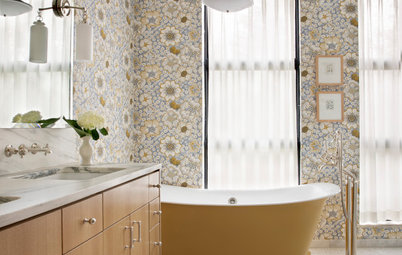
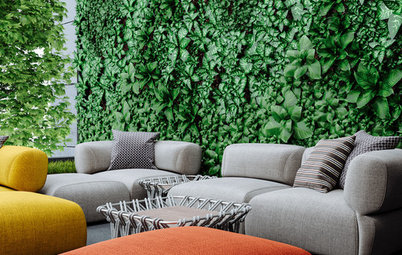
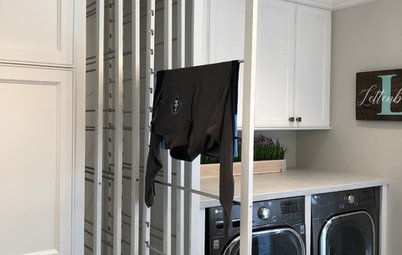
Useful BUT! Nothing beats a pantry. When we built our home, and I saw the architect's plan for the kitchen, I told him to "Let me do this room". Having worked in a professional restaurant kitchen, I knew what worked (and didn't). My pantry is the size of a bedroom, and I have few cabinets in the kitchen proper that only contain every-day dishes & utensils & a couple of small pots. Less cabinetry means more kitchen workspace. My 2 islands (one lower for baking & one higher for prepping meals that one can walk around on all 4 sides) are centered but near sink and range. Obviously, this is a dual-galley kitchen. (Think about it.) And kudos to the pro designer, Richard Landon Design, who mentioned (among other important considerations) deeper cabinets next to wider stove/oven combos and sinks, which also provides bigger work and clean up spaces.
100% disagree with putting the kitchen sink between the fridge & the stove. I think these articles all assume that cooks don’t mind people in the kitchen with them, or they don’t mind when family comes in to get things while they are cooking! I do not want people walking behind me if I am cooking at the stove. Therefore, my solution is to put the stove in the farthest corner of the kitchen away from the great room with the primary sink perpendicular to my right. The fridge/ pantry surround will be to my left and on the other side of the fridge a smaller bar type sink if anyone needs to come in from the great room to use the sink and fridge while I’m cooking. This avoids me from having to put one primary sink in the island and share it. I also don’t keep my glasses by the sink? We keep them near the fridge where everyone gets their drinks and ice and water from. I don’t know many people who just grab a glass and only tap water very often.
Your comment, " I don’t know many people who just grab a glass and only tap water very often." Well, I am one of those people, but still I agree with everything you said, 100% By the way, my kitchen is: fridge (west side) - facing sink, (east side) then range (south side facing window and) of my kitchen cabinetry (north) and a little alcove between range and fridge for a big pantry and more storage.